Data Reports
Brisnet Data Report Offerings
Find below all the most recent postings of popular Bris data reports and posts. Listing the most recent postings of our weekly and daily products allows a fast scan to quickly pick which reports interest you.
Data Report Index:
Spot Plays | At a Glance | Speed by Circuit | Speed Ratings for Graded Stakes | Top Class Ratings | Trainer Jockey Report | Trainer Report
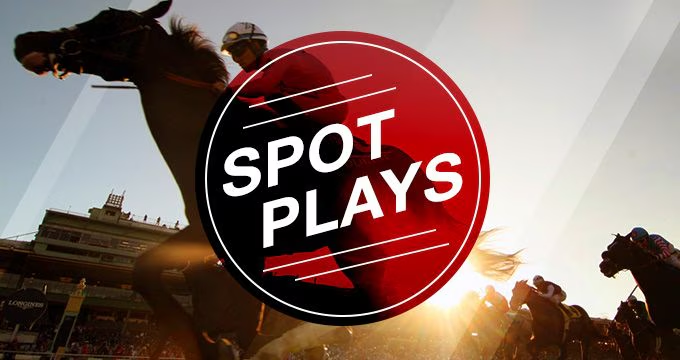
Spot Plays
Want quick picks for betting on today's live races? Then check out our free daily Spot Plays!

At a Glance
At a Glance offers weekly snapshots of stats for most North American racetrack meets running live racing.
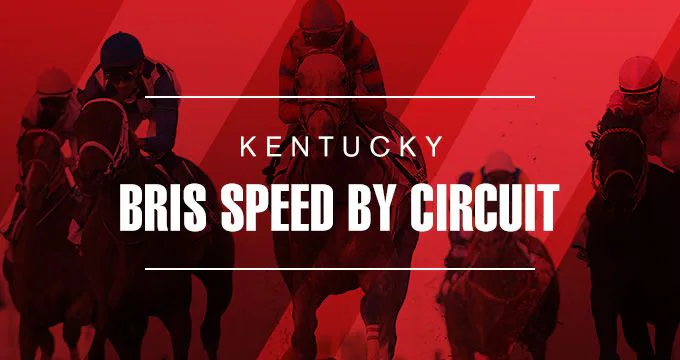
Speed by Circuit
Speed by Circuit data reports offer stats on horse performance by race circuit through proprietary, industry trusted speed ratings.
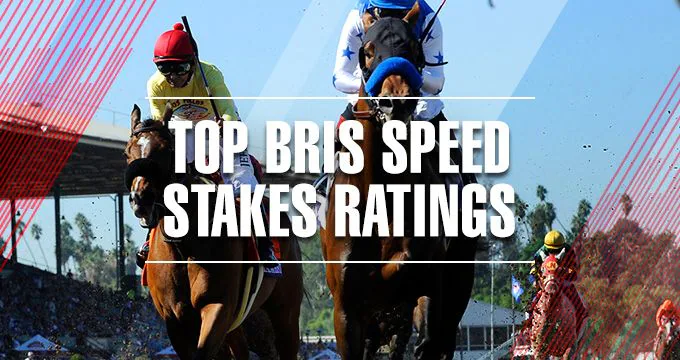
Speed Ratings for Graded Stakes
Learn how horses performed in North America's most prestigious races.
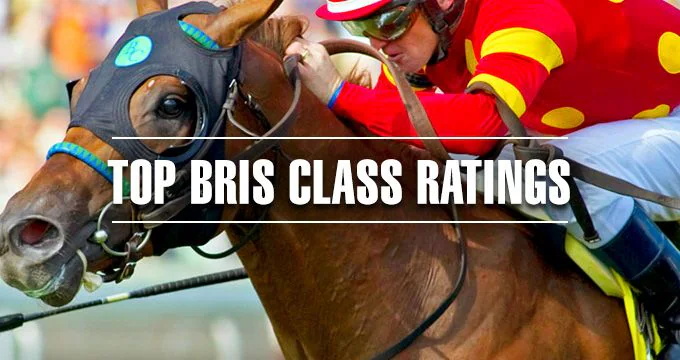
Top Class Ratings
Top Class Rating reports offer measurement of horses and their competition.
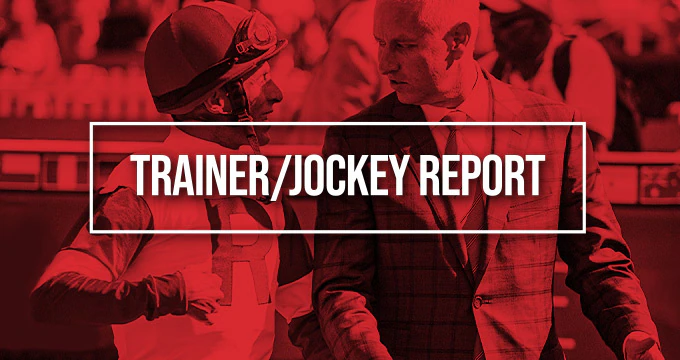
Trainer & Jockey Report
Research numbers on Trainer and Jockeys in horse racing.
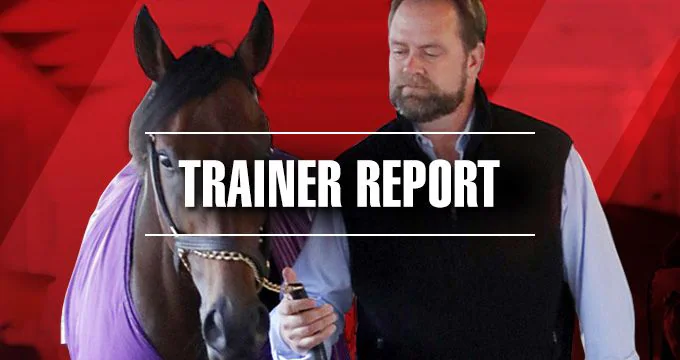
Trainer Report & Stats
How are Thoroughbred trainers doing? Read these stats on active trainers in racing.
Apply Your Handicapping
Once you have confidence in your handicapping of today's racing, be sure to head to TwinSpires for making a bet on key races and hot racetracks!
Authors
Categories
FEATURED PRODUCTS
Chalk Buster Pick of the Day
In depth analysis, comments and wagering strategy on the one race which is selected as Pick of The Day!
Buy NowSuper Screener
HRN's premiere analysis product, providing selections, analysis & wagering strategy for top stakes every weekend. Mike Shutty uses historical data to screen each race, identifying criteria that helps pick winners & toss vulnerable favorites.
Buy NowGus Alonso's Spotlight Selections
As heard on 'At The Races w/ Steve Byk,' Gus Alonso spotlights the biggest racing days of the year!
Buy NowBruno With the Works
Bruno De Julio & team bring 30+ yrs experience observing racehorses to Brisnet with valuable insight into their morning routines & chances for success in the afternoons.
Buy NowADVERTISEMENT


